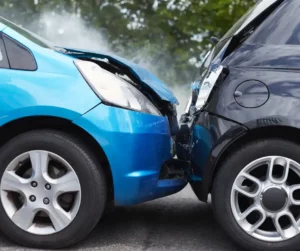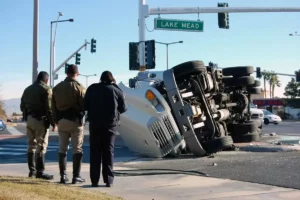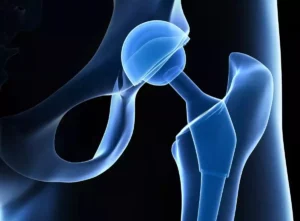Pedestrian deaths in the U.S. have risen at a shocking rate over the past few years. In fact, nearly 6,000 pedestrians died on American roads last year. The problem extends beyond the U.S., though, with worldwide rates also rising. With such a significant public safety problem, regulatory agencies in some countries have begun instituting pedestrian safety regulations for vehicle design.
EU Institutes Pedestrian Safety Requirements for Vehicle Design
In 2010, the European Union (EU) introduced auto safety standards designed to reduce pedestrian deaths and injuries. The regulations were a response to recommendations made by the United Nations. Some of the standards the EU has adopted include higher hoods on vehicles to reduce the severity of impact if a pedestrian is hit, crash tests that evaluate impacts with pedestrians, and “ survivability” mandates. As a response, some automakers, such as Volvo, have begun incorporating pedestrian airbags into their vehicle design.
Why is the U.S. Lagging?
While Europe is well on its way to creating more pedestrian-friendly vehicles, the U.S. remains quite far behind. Why is this? The National Highway Traffic Safety Administration (NHTSA) has studied pedestrian safety regulations for decades. However, it has never put forth any such regulations. Part of the reason could be that pedestrian deaths began to drop on their own in the 2000s. However, the rate has been on the rise for several years now. Part of the reason could also be aesthetic. The styling of vehicles might be affected by changes that improve pedestrian safety.
One major potential reason for the hesitation could be the share of vehicles in the U.S. that are SUVs and pickup trucks. These vehicles comprised 63% of America’s new car sales in 2016, which is significantly less than in Europe. The physics of pedestrian collisions with these vehicles are different. The risk for pedestrians is higher, as the impact point is high enough to cause pedestrians to fall and be pushed under the wheels.
In 2015, the NHTSA reported that it was potentially incorporating pedestrian safety standards into vehicle safety ratings. While this would not have been a mandate on vehicle design, it would have some impact, as automakers and consumers value high safety ratings. However, the idea seems to be off the table once again, and no real progress has been made.
“Our leaders must do more to protect pedestrians on our roads. We would do well to learn from other countries that are employing these pedestrian safety technologies,” said Attorney Walter Clark, founder of Walter Clark Legal Group.
Our firm has been handling personal injury cases throughout the California Low Desert and High Desert communities for over 30 years. With a 95% success rate, the California personal injury attorneys at Walter Clark Legal Group will fight to hold those responsible for your loss accountable and win compensation to cover medical bills, lost wages, and pain and suffering. If you have been injured in an auto accident and want to discuss your legal options, contact us today for a free consultation with an experienced personal injury lawyer. We have offices in Indio, Rancho Mirage, Victorville, and Yucca Valley and represent clients through the entire California Low Desert and High Desert communities.
DISCLAIMER: The Walter Clark Legal Group blog is intended for general information purposes only and is not intended as legal or medical advice. References to laws are based on general legal practices and vary by location. Information reported comes from secondary news sources. We do handle these types of cases, but whether or not the individuals and/or loved ones involved in these accidents choose to be represented by a law firm is a personal choice we respect. Should you find any of the information incorrect, we welcome you to contact us with corrections.
- What To Do If You Have Been Injured At A Concert In California? Mar 27,2024
- Walter Clark Legal Group Reimburses Thanksgiving Ride Fares Nov 14,2023
- Walter Clark Legal Group Donates Backpacks to Booker T. Washington Elementary School Aug 22,2023
- Walter Clark Legal Group Donates Backpacks to Underserved Students Aug 22,2023
- Walter Clark Legal Group Reimburses Labor Day Ride Fares Aug 21,2023
- 2023 Safe Ride Home Program Jun 21,2023





















